Reviewing the CMS Interoperability and Prior Authorization Final Rule: A Guide for Health Plans
April 5, 2024 | 10-minute read

On January 17, 2024, the Centers for Medicare & Medicaid Services (CMS) issued the Interoperability and Prior Authorization Final Rule (Final Rule). This rule establishes significant requirements for certain health plans (impacted payers) aimed at improving the electronic exchange of health information and streamlining prior authorization processes. Understanding these intricacies is crucial for health plans to ensure compliance, adapt to the evolving healthcare landscape and transform healthcare delivery processes.
A Glimpse into the Past and Future Deadlines
While many health plans are still grappling with the 2020 interoperability requirements (2020 Requirements), the CMS is pushing forward to increase adoption and use of the associated APIs. The Final Rule mandates additional data accessibility through standardized APIs for members, providers, and other payers. The bulk of the application programming interface (API) requirements take effect on January 1, 2027, while various operational provisions come into play on January 1, 2026.
Key Takeaways for Health Plans
Here are some critical considerations for health plans in light of the Final Rule:
- Focus on the Future, But Prepare Now: While the API implementation deadline is set for 2027, significant effort is required to develop the necessary technology, policies, and practices to meet these obligations. Procrastination can lead to last-minute scrambling.
- Alignment with Implementation Guides (IGs) is Strategic: While not currently mandatory, CMS highly encourages compliance with the IGs identified in the Final Rule. These IGs promote consistent implementation of adopted standards and are likely to become mandatory in the future. Aligning with them now positions your health plan for a more seamless transition.
- FHIR Takes Center Stage: CMS more strongly encourages payers to leverage FHIR-based Prior Authorization APIs instead of the HIPAA X12 278 standard under the HIPAA Transaction Rule. This signifies a shift towards a more modern and standardized approach to interoperability.
Patient Access API
Patient Access API allows patients to electronically access their health data, including claims and encounter information, from their health plan.
| Crucial Changes in Mandate | Date of Compliance |
| Impacted payers must report annual usage metrics to CMS | January 1, 2026 |
| Specific prior authorization information (excluding drugs) must be included in the data accessible via the Patient Access API. | January 1, 2027 |
Provider Access API
Enables sharing of patient data with in-network providers involved in a patient's treatment.
| Crucial Changes in Mandate | Date of Compliance |
Impacted payers must implement a Provider Access API to share specific member data with in-network providers. This data includes -
|
January 1, 2027 |
| Payers associating members with their treating providers and allowing member opt-out of data sharing is also required. | January 1, 2027 |
Payer-to-Payer API
Facilitates data exchange between health plans upon member consent.
| Crucial Changes in Mandate | Date of Compliance |
Impacted payers must implement a Payer-to-Payer API to facilitate data exchange with other payers upon member consent. This data sharing includes -
|
January 1, 2027 |
| Exchange must be ongoing for concurrent members (enrolled in two plans simultaneously) but limited to one exchange for members who switch coverage. | January 1, 2027 |
| Member opt-in is mandatory for payer-to-payer information sharing. | January 1, 2027 |
Prior Authorization API
Streamlines the prior authorization process for providers through electronic communication and information exchange.
| Crucial Changes in Mandate | Date of Compliance |
Impacted payers must implement a Prior Authorization API to automate the prior authorization process for providers.
|
January 1, 2027 |
| Specified FHIR standards are required for all four APIs (Patient Access, Provider Access, Payer-to-Payer, and Prior Authorization), with CMS identifying IGs to ensure interoperability. | January 1, 2027 |
Improving Prior Authorization Processes: A Focus on Transparency and Efficiency
The Final Rule aims to expedite prior authorization decisions and enhance transparency. Here's a breakdown of the key changes impacting prior authorization processes for health plans:
- Faster Decisions: Most impacted payers will need to provide prior authorization decisions within stricter timeframes:
- 72 hours for expedited (urgent) requests
- Seven calendar days for standard (non-urgent) requests
- This reduction in waiting times aims to ensure members receive timely access to critical treatments and reduces disruptions to providers' workflows.
- Clearer Communication: Starting in 2026, you (the health plan) must provide a specific reason for denied prior authorization requests, regardless of the communication method used (portal, fax, email, mail, phone). This transparency allows providers to understand the rationale behind denials and potentially resubmit requests with the necessary information. Clear explanations of denials also help keep the members 'in the know' to improve their experience with the health plan.
- Public Reporting of Metrics: Health Plans will be required to publicly report specific prior authorization metrics annually on your websites. This data transparency allows for industry-wide monitoring of the effectiveness of the new processes and identifies areas for further improvement. By tracking metrics like approval rates and average turnaround times, you can assess the efficiency of your own prior authorization process and identify opportunities for optimization.
Electronic Prior Authorization Measures
The Final Rule introduces new measures to incentivize the use of electronic prior authorization processes:
- Merit-based Incentive Payment System (MIPS) and Medicare Promoting Interoperability Program:
- A new measure titled "Electronic Prior Authorization" is added to the Health Information Exchange (HIE) objective for both MIPS Promoting Interoperability and the Medicare Promoting Interoperability Program.
- This applies to MIPS eligible clinicians (starting with CY 2027 performance period) and eligible hospitals/critical access hospitals (CAHs) (starting with CY 2027 EHR reporting period).
- This will be an attestation measure, where providers report whether they used the Prior Authorization API to submit at least one electronic request during the reporting period. Providers who do not typically submit prior authorizations or participate in gold card programs would be exempt from this measure.
Conclusion: Embracing Change for a More Efficient Healthcare Ecosystem
The CMS Interoperability and Prior Authorization Final Rule presents both challenges and opportunities for health plans. While implementing these changes requires investment in technology and potentially revised internal workflows, the long-term benefits are significant:
- Increased Transparency for Members: Members gain greater access to information about your prior authorization process and the status of their requests.
- Improved Efficiency for Providers: Streamlined workflows through electronic communication and information exchange lead to faster approvals and reduced administrative burden.
- Faster Access to Necessary Care: Quicker decisions ensure members receive timely treatment, potentially improving health outcomes.
By carefully reviewing the rule's details, developing a comprehensive implementation plan that considers your plan's specific ecosystem, and leveraging composable technology, your health plan can ensure a smooth transition. This will contribute to a more interconnected and efficient healthcare ecosystem that benefits members, providers, and health plans alike.
List of Resources:
- View the Final Rule: https://www.federalregister.gov/documents/2024/02/08/2024-00895/medicare-and-medicaid-programs-patient-protection-and-affordable-care-act-advancing-interoperability
- View the CMS Factsheet: https://www.cms.gov/newsroom/fact-sheets/cms-interoperability-and-prior-authorization-final-rule-cms-0057-f




